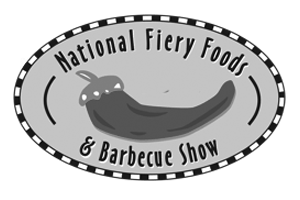bottom of the beer, leaving only a clear, crisp golden liquid that had a purity of taste that was unmatched anywhere else at the time. In the 19th century, even this process resulted in a much darker lager than beer drinkers are used to today, which was partial as a result of the heavier waters of the area and other factors. Eventually, the refinement of the process led to the beautiful golden beverage that many larger lovers drink today. For those seeking a more traditional flavor, the darker version of this beer, which is known as Dunkel or Dunkles, can still be found brewed in Bavaria to this day
How to Celebrate National Lager Day
Getting on board with National Lager Day is like a beer lover’s paradise! Try out some of these ideas to get inspired for celebrating and honoring this important day:
Learn About Types of Lagers
Within the category of lagers, quite a few different varieties have been (and are still being) developed. Learning about the similarities and differences among the lagers will help expand the knowledge, as well as the enjoyment, of this multifaceted beer. Start by taking a look at a few listed here:
Pilsner. First produced in 1842 and took its name from the Bohemian city where it was developed, what is now Plzeň, Czech Republic. Pilsner Urquell, the world’s first pale lager, was created and is still produced here today. Pair it with chicken, shellfish, and white cheddar cheese for a delicious meal or snack,
Doppelbock. Originally made by monks in Munich, Germany with the intention of consuming it as liquid bread during times of fasting for religious observances such as Lent. This extra dark beer tastes great paired with roasted pork, certain Swiss cheeses, or rich desserts like chocolate cake.
American Lager. Super light and highly carbonated, this beer is not bitter or heavy. Its history dates back to WWII when Americans replaced the grains (from German beer-making) with rice. Enjoy it at a backyard barbeque with burgers, hot dogs, and more.
Vienna Style Lager. Moving back over to the European roots of the lager, this Austrian beer offers plenty of malty aroma and notes of bread with a low amount of bitterness. Though a Mexican beer, one example of this style is a Dos Equis. Tastes great with outdoor barbeque items such as grilled meats or sweet treats such as fruity desserts.
Drink A Lager
While it is almost certainly possible to get a pale golden lager just about anywhere these days, better use of this day would be to take a trip into the past by getting your hands on a delicious pint lager. Hundreds of years of tradition will accompany you as you imbibe this drink, and you’ll truly understand the roots of a beverage that has become famous all over the world.
From here, it’s easy to try any of the incredible variety of lagers available on the market today. The process spread all over the world and has resulted in many local varieties and countless different versions, whether local or international. National Lager Day is the ideal opportunity to broaden the beer palate and enjoy the history of one of the world’s favorite beverages.





